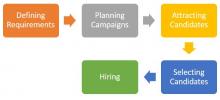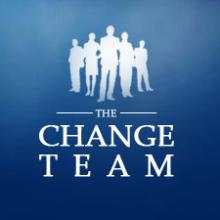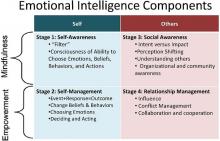Integrated Monitoring is a continuous, learning-based management approach in which planning, implementation, monitoring, and improvement happen... Read More
Studying business ethics is valuable for several reasons:
A Good Citizen Organization
Business ethics is not merely an extension... Read More
Learning and development activities support the achievement of its goals by developing the skills and capacities of individuals and... Read More
At the store where i used to work in London, an internal vacancy was posted, looking for someone to work as HR Assistant. A few of the guys who i... Read More
A Questionnaire is an instruement utilised to collect responses of the sample from the poulation. Questionnaire has many different type of questions... Read More













